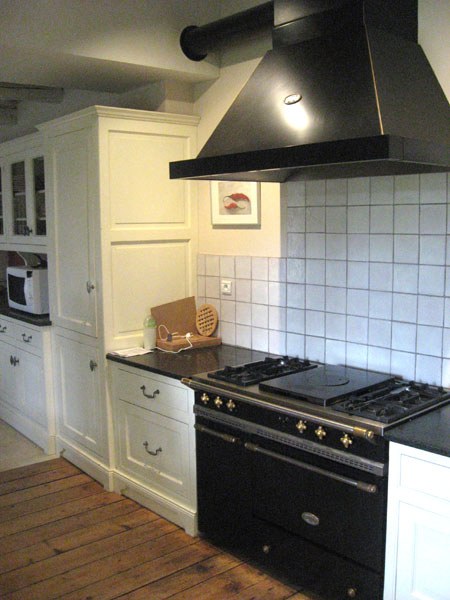Instruction
1
With a tape measure the length and width of your kitchen, as well as the height of the ceiling. Translate the obtained results to meters and multiply. You will get the amount of food in cubic meters. If the geometry of complex room, use plans of the BTI – they always indicated a floor space of your apartment in square meters. For example, the kitchen area – 15 m2, ceiling height – 3 m. the Volume of the kitchen is 15 x 3 = 45 m3.
2
Calculate the necessary air exchange, which should provide the hood. To do this, multiply the volume of food on the ventilation rate a value that specifies how many times per hour the air is completely renewed. According to SNiP, the system of forced ventilation in the kitchen must ensure that a ventilation rate equal to 10 – 12. In our example, the power exhaust will be 45 x 12 = 540 m3/h.
3
Decide which mode you will operate your hood. There are two options: ducted and recycling.
4
The exhaust out will be more effective, however, note some of the subtleties. Use the calculation of air and get a powerful device (600 – 1200 m3/h), only if the duct is launched to the outside through the external wall or the building has ventanal for hoods. Most often in our high-rise residential buildings are provided only with natural ventilation. The bandwidth of such ducts (provided that they are not obstructed or blocked by enterprising neighbors, who wanted to increase the size of its cuisine) is usually 150 – 180 m3/h (if you are very lucky, 300 – 400 m3/h). Hood more power to pull harder will not, but will create a "backwater" of air in the system and disrupt normal ventilation throughout the riser.
5
In recirculation mode the air is not given out, but passed through the dense charcoal filter and returned back into the room. This mode is used if the vent is not available, the ventanal clogged or blocked. The efficiency of extraction is greatly reduced in view of the need to overcome the resistance of the filter. Therefore, increase design capacity by 30 – 40%. In our example, you will need the hood powerYu no less than 540 x 1.4 = 756 m3/h.
Note
For normal operation the hood with an external connection is required to ensure the flow of air (e.g. open window). This is especially true of apartments, equipped with plastic Windows and a tight-fitting Euro-doors. In the absence of a system of forced ventilation and closed Windows, the inclusion of the hood may cause a backdraft of vent holes located in the bathroom.
For normal operation the hood in recirculation mode need to regularly replace the carbon filter (at least 1 time in six months).
For normal operation the hood in recirculation mode need to regularly replace the carbon filter (at least 1 time in six months).
